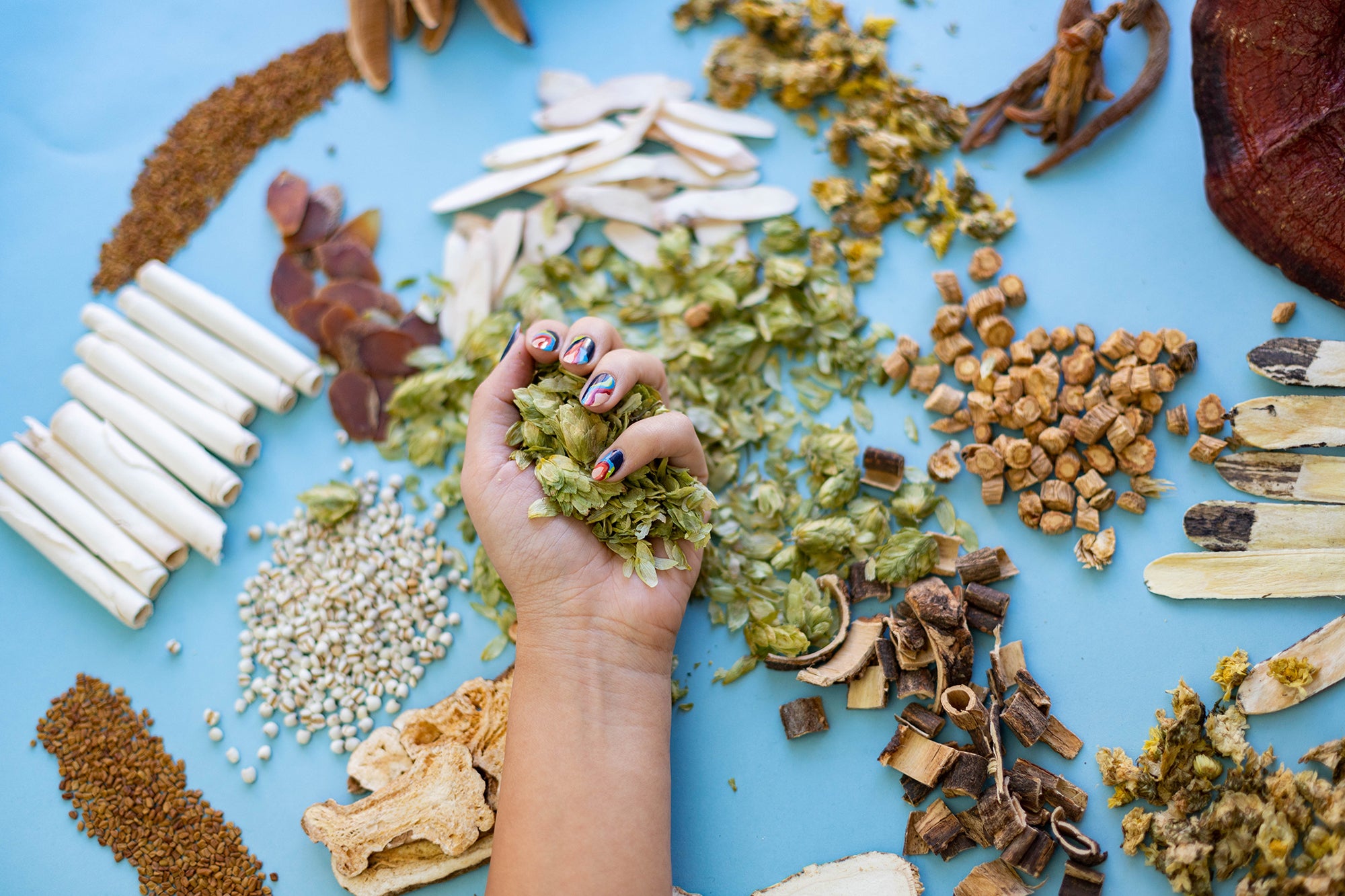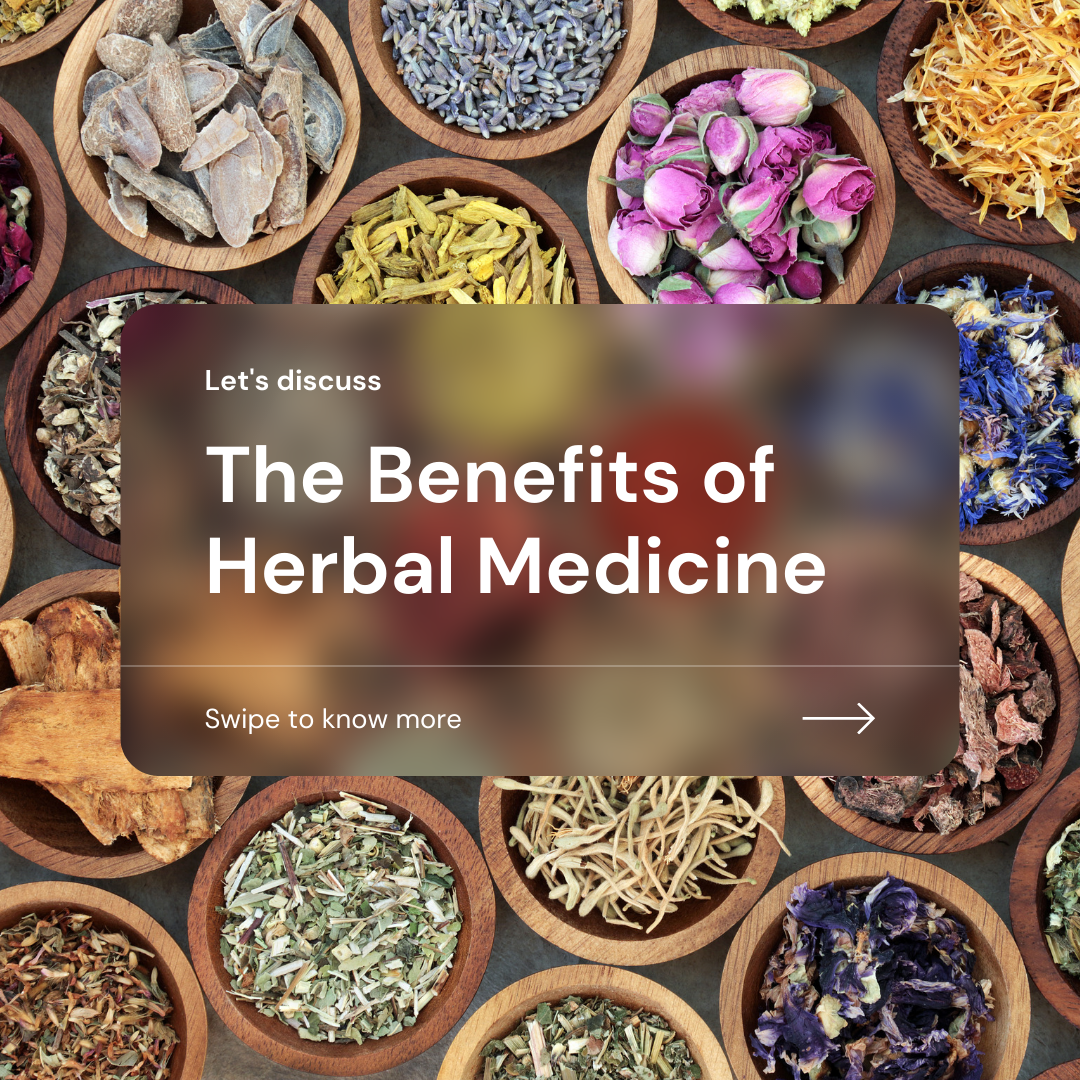Getting The Herbalife To Work
Getting The Herbalife To Work
Blog Article
What Does Herbalife Do?
Table of ContentsThe Definitive Guide for HerbalifeSome Known Questions About Herbalife.Not known Details About Herbalife Some Of Herbalife

The overall industrial worth of the ethnobotanicals market can not be overlooked. For instance, in 1995, the overall turnover of nonprescription-bound herbal medicines in pharmacies was equal to nearly 30% of the overall turn over of nonprescription-bound medications in Germany, and in the United States, the yearly retail sales of natural products was approximated to be US$ 5.1 billion.
What Does Herbalife Mean?
In China, in 2003, standard herbal medicines played a prominent duty in the method to include and deal with severe acute respiratory system disorder (SARS), and in Africa, a traditional natural medication, the Africa blossom, has been used for years to treat losing signs and symptoms connected with HIV (De Smet 2005; Tilburt and Kaptchuk 2008).
Natural herbs and plants can be processed and can be taken in different ways and types, and they consist of the whole herb, teas, syrup, important oils, lotions, salves, rubs, pills, and tablets which contain a ground or powdered form of a raw herb or its dried extract. Plants and natural herbs essence differ in the solvent used for extraction, temperature, and extraction time, and include alcoholic essences (tinctures), vinegars (acetic acid essences), warm water essence (tisanes), lasting boiled extract, typically origins or bark (decoctions), and cool mixture of plants (macerates).

Around 200 years earlier, the initial pharmacologically active pure substance, morphine, was generated from opium drawn out from seeds sheathings of the poppy Papaver somniferum. This exploration showed that drugs from plants can be purified and administered in specific does no matter of the resource or age of the material (Rousseaux and Schachter 2003; Hartmann 2007).
The Buzz on Herbalife
With this ongoing trend, products from plants and natural resources (such as fungis and marine microbes) or analogs inspired by them have actually added significantly to the industrial medicine prep work today. Examples consist of antibiotics (e.g., penicillin, erythromycin); the cardiac stimulant digoxin from foxglove (Digitalis purpurea); salicylic acid, a forerunner of pain killers, stemmed from willow bark (Salix spp.); reserpine, an antipsychotic and antihypertensive medication from Rauwolfia spp.; and antimalarials such as quinine from Cinchona bark and lipid-lowering agents (e.g., lovastatin) from a fungus (Rishton 2008; Schmidt et al.
More than 60% of cancer therapeutics on the market or in screening are based on natural items. Of 177 medications authorized around the world for treatment of cancer cells, even more than 70% are based upon natural items or mimetics, much of which are boosted with combinatorial chemistry. Cancer therapeutics from plants include paclitaxel, isolated from the Pacific yew tree; camptothecin, stemmed from the Chinese "happy tree" Camptotheca acuminata and made use of to prepare irinotecan and topotecan; and combretastatin, originated from the South African bush willow (Brower 2008.
In between 2005 and 2007, 13 medicines derived from natural products were authorized in the United States., last access: November 5, 2010).
Rumored Buzz on Herbalife
In the United States, the National Center for visit the website Corresponding and Natural Medicine at the National Institutes of Health and wellness spent about US$ 33 million on organic medicines in the fiscal year 2005; in 2004, the National Canadian Institute devoted virtually US$ 89 million for researching a variety of conventional therapies. While this range of financial investment is low contrasted to the complete study and growth expenses of the pharmaceutical sector, it however mirrors real public, industry, and governmental rate of interest in this area (Li and Vederas 2009). With significant growth in the rate of interest in and use of standard medications worldwide, 2 main locations of worry occur that bring significant difficulties.

Report this page